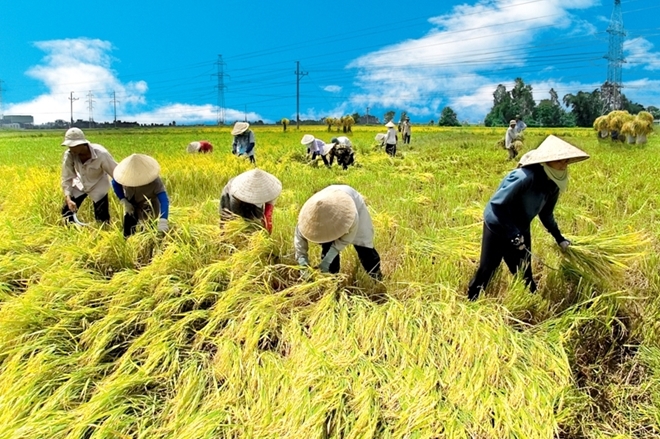Challenges and opportunities face the Vietnamese agriculture
 |
To remain competitive in the international market, the report said Vietnam needs to improve supply, quality, and food safety with added value. It outlined an agenda of short- and longer-term strengthening of public and market institutions which would be needed to achieve the ambitious goals for Vietnam’s agriculture and overall food system.
The report noted that Vietnam’s agricultural sector has made enormous progress. The country has emerged as one of the world’s leading exporters of agro-food commodities and is among the top five for aquatic products, rice, coffee, tea, cashews, black pepper, rubber, and cassava.
However, the sector was experiencing a low quality of growth, as shown by low profits for smallholder farmers, considerable under-employment among agricultural workers, unreliable product quality and food safety, and limited technological or institutional innovation. Agricultural growth had mostly involved an increase in cropping areas or more intense use of inputs and natural resources.
The report offered various policy recommendations to address the challenges. The government could deploy an effective combination of improved regulations, better incentives and streamlined services to stimulate and monitor a greener agriculture and a more effective food safety and consumer protection system.

